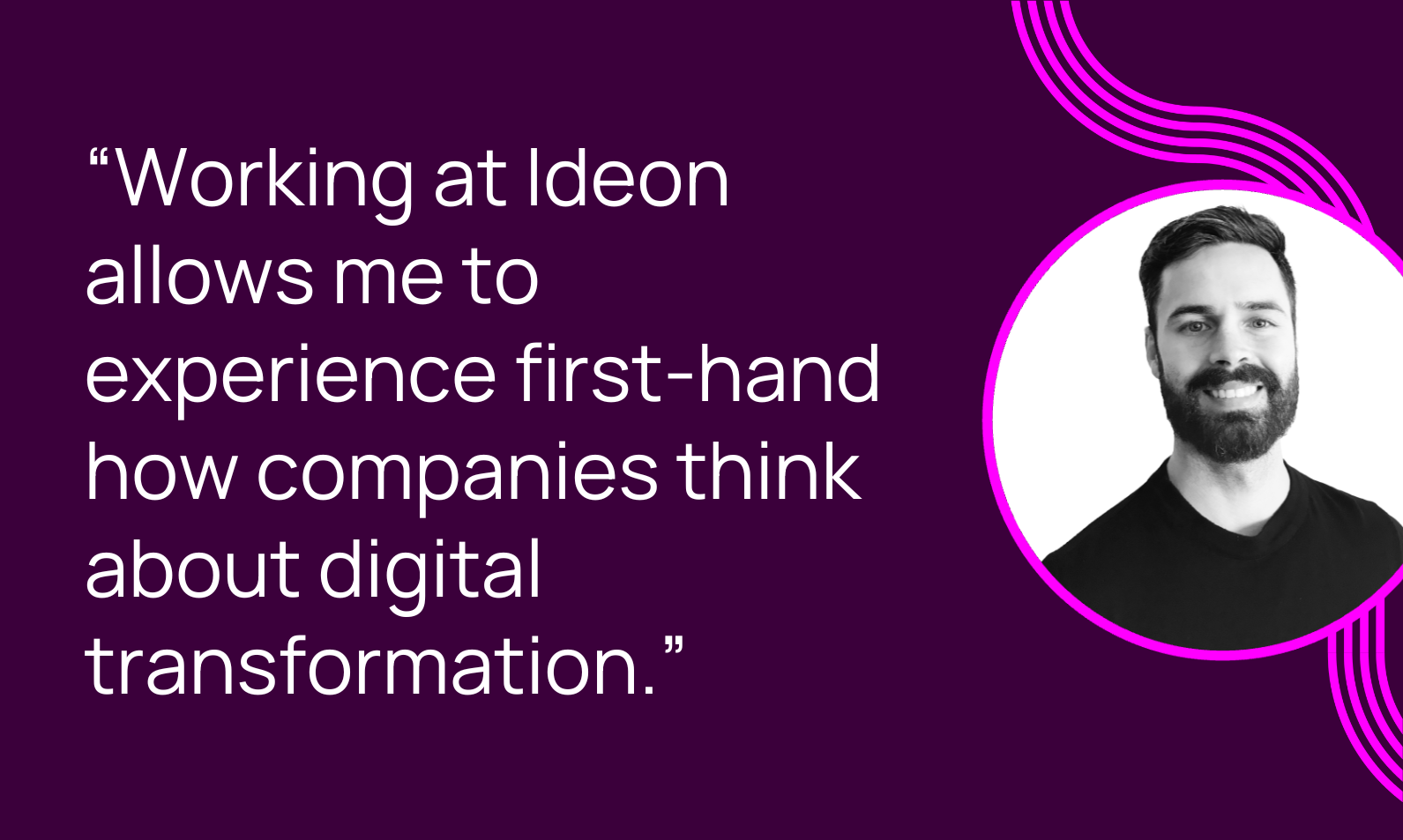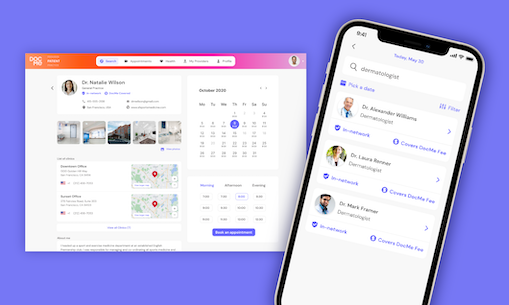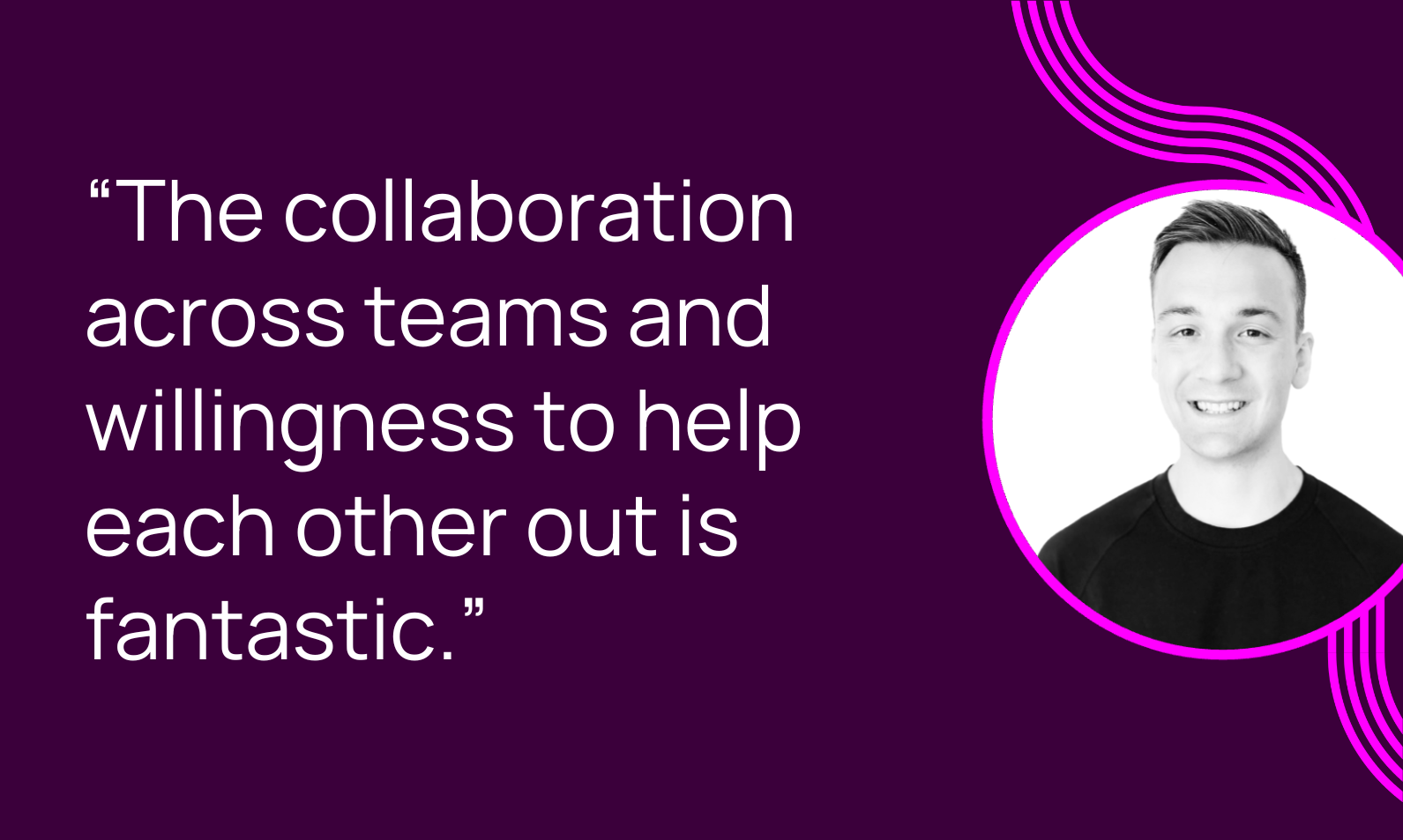At Ideon, we’re proud to have such a talented, diverse team leading the charge for a better and more connected health insurance and employee benefits industry. Our ongoing Employee Spotlight series showcases the people behind our product and unveils what life is like at Ideon. Next up… David Gonzalez, Director of Carrier Growth.
Name: David Gonzalez
Department: Carrier Relations
Title: Director of Carrier Growth
Location: Miami, FL
Work
How long have you worked at Ideon?
One year — I started in July, 2021.
What do you enjoy most about Ideon’s company culture?
Ideon looks and acts the part of a modern technology company, but the people are highly attuned to the challenges in the industries we serve: health insurance, employee benefits, and InsurTech.
The cultural result is a blend of the maturity you expect from a long-standing insurer and the innovative intensity of NASDAQ-leading technology firms.
What is the best part about your job?
Very few jobs give you the opportunity to talk strategy with leaders from the world’s most successful insurers. This is one of them.
What excites you about the future of Ideon?
Ideon has the potential to create the type of buying experiences in employee benefits & health insurance that we already see in other digital markets. And I believe those are the type of modern experiences customers deserve.
How have you grown professionally while on our team?
Working at Ideon allows me to experience first-hand how companies think about digital transformation. As a result, I have a much better understanding of how executives think about risk management, operational efficiency, and distribution strategy. I don’t think I could have gotten that anywhere else at this stage in my career.
What attracted you to Ideon’s mission?
I loved my career in voluntary benefits before Ideon. But nearly every issue that kept me awake at night was connected to data exchange between the insurance carrier and the benefits administration platform. Once I understood how Ideon solved these issues, I was sold.
Life
Favorite activity when you’re not working?
Reading and exercising. Classic lit & non-fiction. Weights & basketball.
Favorite place you’ve traveled?
Either New Zealand or Turkey. Wait…maybe Costa Rica.
New Zealand because we rented a car and drove through both islands.
Turkey because of the Mediterranean vibes and a legendary sunrise in a hot-air balloon.
Costa Rica because I lived there for two years and saw every nook and cranny. Incredible people and supreme views.
Interesting fact about yourself… Go!
I spent two years living in Costa Rica helping international volunteers do meaningful work in schools, hospitals, and construction sites. In the process, I co-created after-school programs in marginalized communities that still exist today.
Interested in joining our team? Check out Ideon’s careers page.













